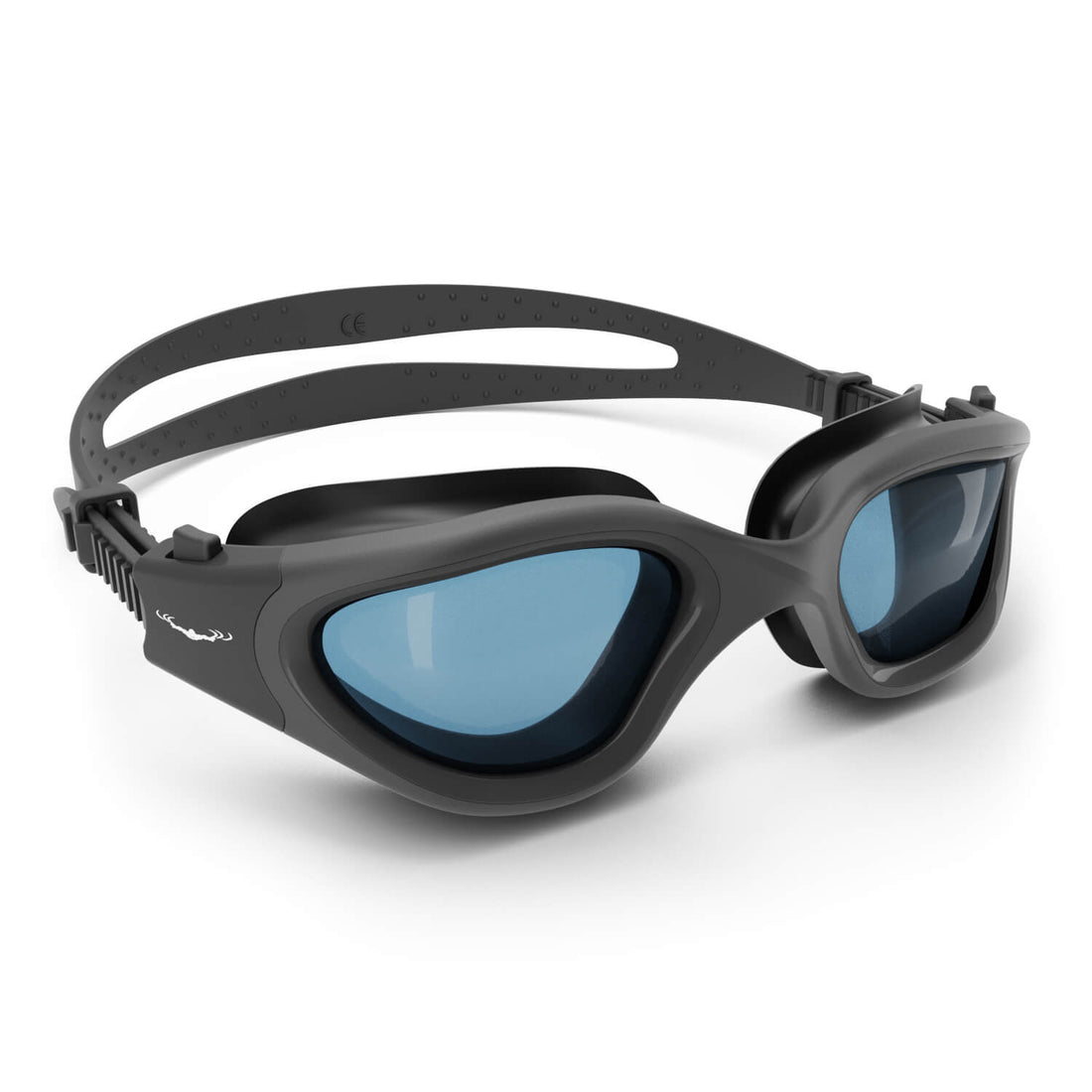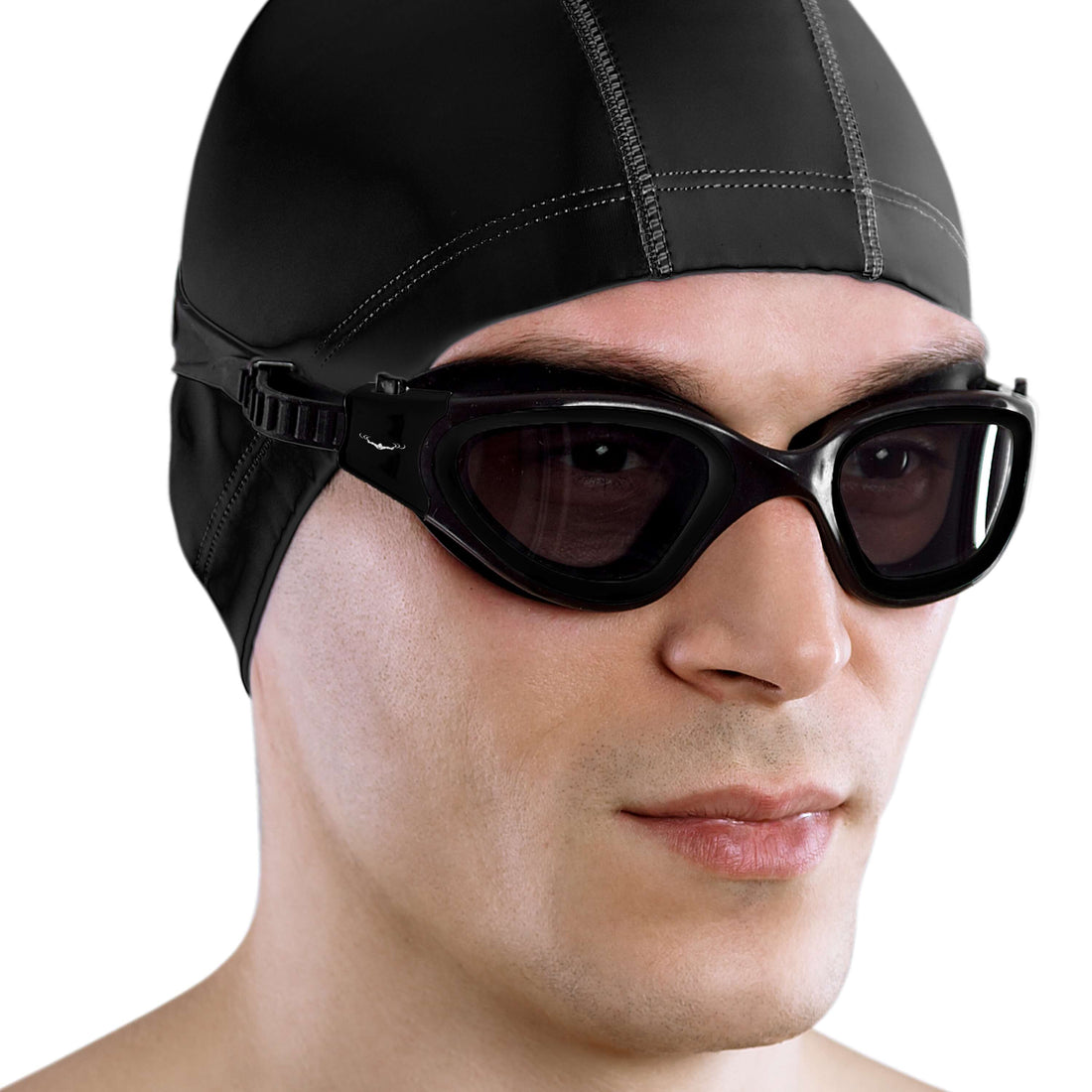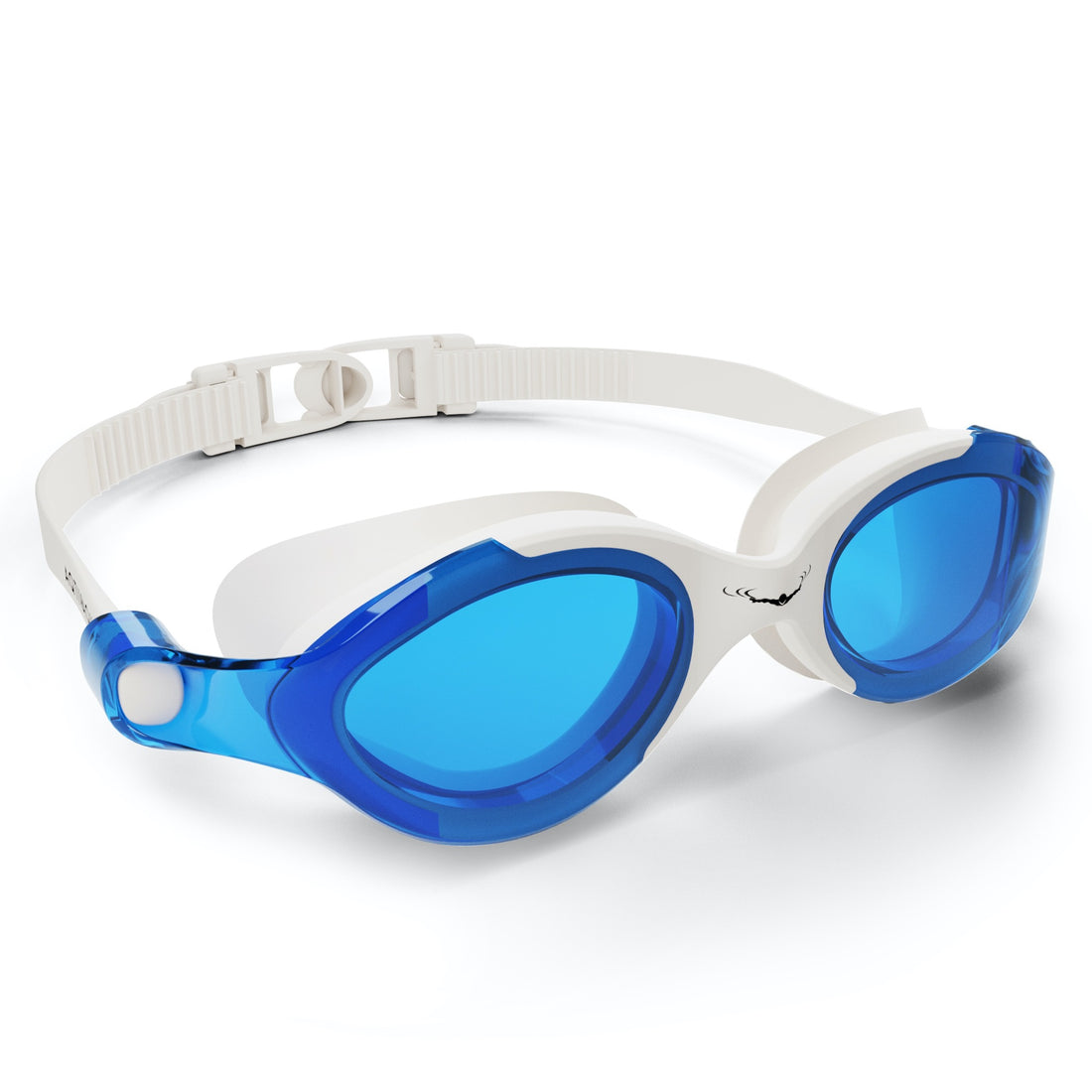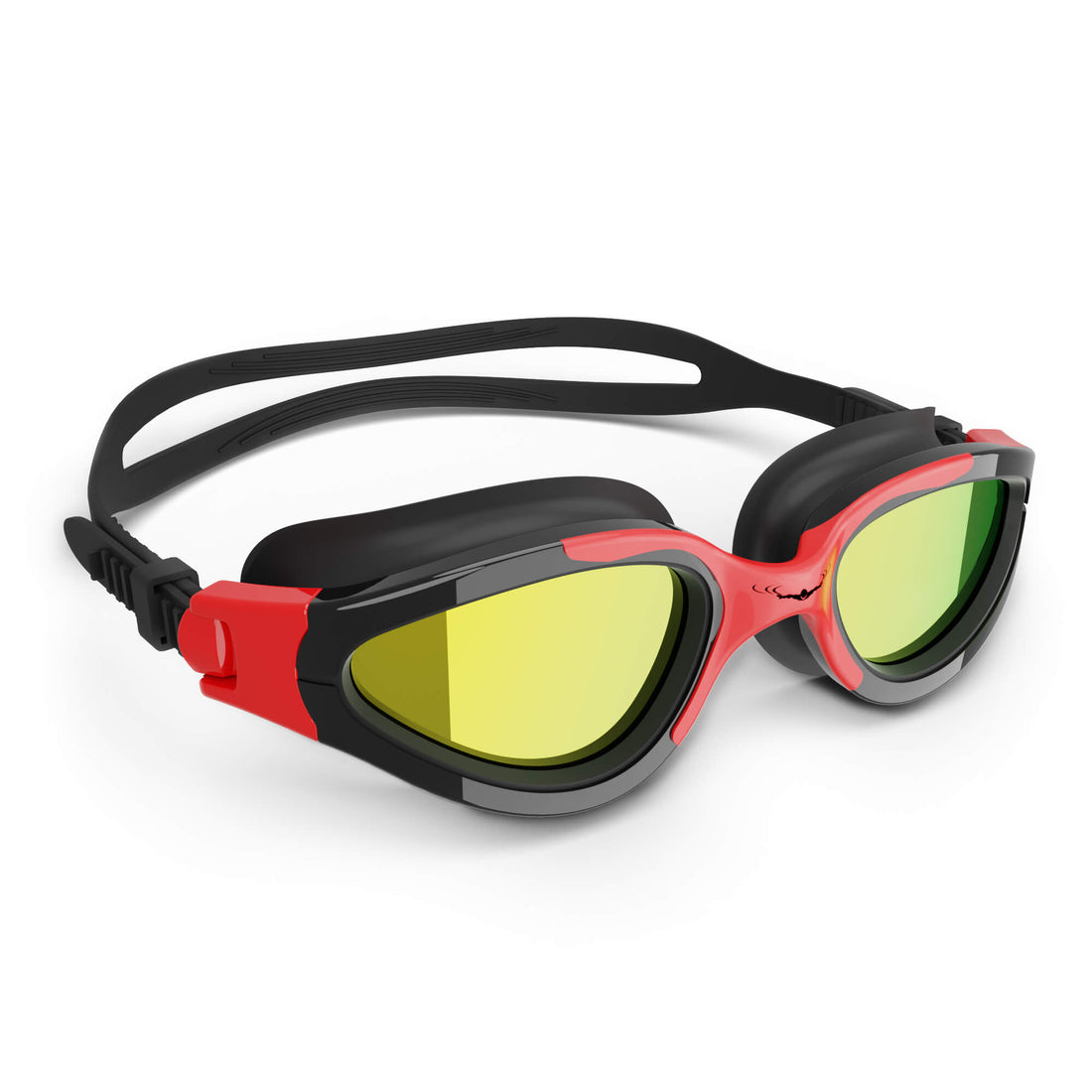Swimming is not just an essential life skill; it’s an exciting activity that nurtures a child’s physical well-being, builds confidence, and encourages social interaction. Whether your child is taking their first strokes or looking to refine their techniques, understanding the best swimming practices ensures that they remain safe and have fun in the water. Here’s a comprehensive guide to help enrich your child's swimming experience.
The Importance of Swimming Safety
Before diving into swimming techniques, it’s crucial to emphasize safety. Safety practices should be ingrained in every swimming lesson, as they lay the foundation for a safe swimming environment. Here’s how to ensure that your child stays safe while having a blast in the water:
Supervision is Key
Always supervise your child when they are swimming, whether in a public pool, home pool, or natural body of water. Designate an adult to maintain a watchful eye, especially if the child is under the age of 10.
Know the Water Depth
Make sure your child understands the importance of knowing how deep the water is. Teach them not to jump or dive into unknown depths, as this can lead to accidents.
Equip Properly for Comfort and Safety
The right equipment plays an essential role in ensuring safety. Investing in quality gear is crucial. Here’s a list of vital swimming gear for kids:
- Neoprene Swimming Headband: Keeps ears warm and protects from water absorption.
- Swim Goggles: Essential for protecting the eyes from chlorine and providing clear vision underwater.
- Swim Caps: Helps keep hair dry and tidy, reducing drag while swimming.
- Swim Ear Bands: Offers additional ear protection for young swimmers.
Fundamental Swimming Techniques
Once you have established safety measures, it’s time to focus on swimming techniques. Start with the basic fundamental skills, which will set the stage for advanced strokes in the future.
Floating
Floating is the first and foremost skill any child must master. It helps them understand buoyancy and builds confidence. Encourage your child to lie on their back or stomach while floating. A Neoprene swimming headband can provide added comfort, especially in colder water.
Breathing Techniques
Correct breathing is essential for effective swimming. Teach your child to inhale through their mouth and exhale through their nose. Practicing this on dry land first can help establish a rhythm that they can carry into the water.
Arm Movements
Introduce simple arm movements to your child, such as the front crawl and breaststroke. These strokes are the building blocks for more complex swimming patterns. Emphasize the importance of keeping the arms relaxed and using a proper motion to maximize propulsion.
Enhancing Skills with Equipment
Utilizing the right equipment can significantly improve your child’s swimming techniques. The following gear can assist in building strength and refining skills:
Using Swim Goggles for Comfort and Visibility
Swim goggles play a crucial role in ensuring clear underwater vision. They also help avoid irritation from chlorinated pool water. Encourage your child to wear swimming goggles from their first lesson to promote comfort and confidence in the water.
The Advantage of Swim Caps
Wearing swim caps can help youngsters keep their hair out of their faces and reduce resistance in the water. They also keep the pool cleaner by preventing hair from floating around, making it a more pleasant experience for all swimmers.
Swim Ear Bands for Ear Protection
If your child is prone to ear infections or discomfort in the water, introducing swim ear bands can make all the difference. These bands provide snug protection around the ears while swimming, ensuring a more enjoyable experience.
The Joy of Practice Makes Perfect
Understanding that practice is key to improvement is crucial for children learning to swim. Encourage your child to swim regularly, participating in lessons or practicing at home. Consistency will build confidence and enhance their swimming skills over time.
Finding a Local Pool or Swim Club
Look for local pools or swim clubs that offer lessons designed for young swimmers. This not only provides professional training but also allows kids to meet peers who share similar interests.
Making Swimming Fun
Introduce games and fun challenges in the water. Activities encourage children to practice skills they have learned while keeping them engaged. Games like “Marco Polo” or relay races can ignite a love for swimming.
Nutrition and Hydration for Young Swimmers
Feeding your child the right foods before and after swimming can significantly affect their stamina and performance in the water.
Pre-Swim Nutrition
Before swimming, provide your child with a light snack, such as fruit or yogurt, to give them ample energy. Avoid heavy meals that may hinder their performance.
Post-Swim Recovery
Post-swim meals are just as essential. Encourage foods rich in protein and carbohydrates, such as chicken, beans, and whole grain bread, to refuel and promote recovery.
Encouraging Water Confidence
Some children may feel fearful or hesitant about swimming. Here are techniques to increase their confidence:
Positive Reinforcement
Celebrate every small accomplishment, whether it’s floating independently or taking their first lap. Positive reinforcement paves the way for motivation.
Swimming Playdates
Arrange swim playdates with friends. When surrounded by peers, kids often feel more at ease and willing to explore their abilities.
Swimming Programs and Competitions
Once your child has mastered the basics, think about enrolling them in competitive swimming programs. This can further develop their skills and give them a sense of belonging within the swimming community.
Understanding Swim Levels
Most swim schools provide level-based classes which cater to different abilities. Look for schools that focus on progression, ensuring your child is always being challenged and motivated.
Diving into Competitions
If your child shows interest, participating in swim meets is a wonderful way to channel their skills. Competition fosters dedication, teamwork, and personal growth.
Final Thoughts: Riding the Waves of Success
Swimming offers countless benefits to children, from physical fitness to emotional resilience. By following the best swimming practices, your child can gain confidence, learn life-saving skills, and most importantly, have fun in the water! Remember, the journey to becoming a confident swimmer is a marathon, not a sprint. Equip them with the right tools, create a positive environment, and be their cheerleader on this exciting adventure. Happy swimming!










